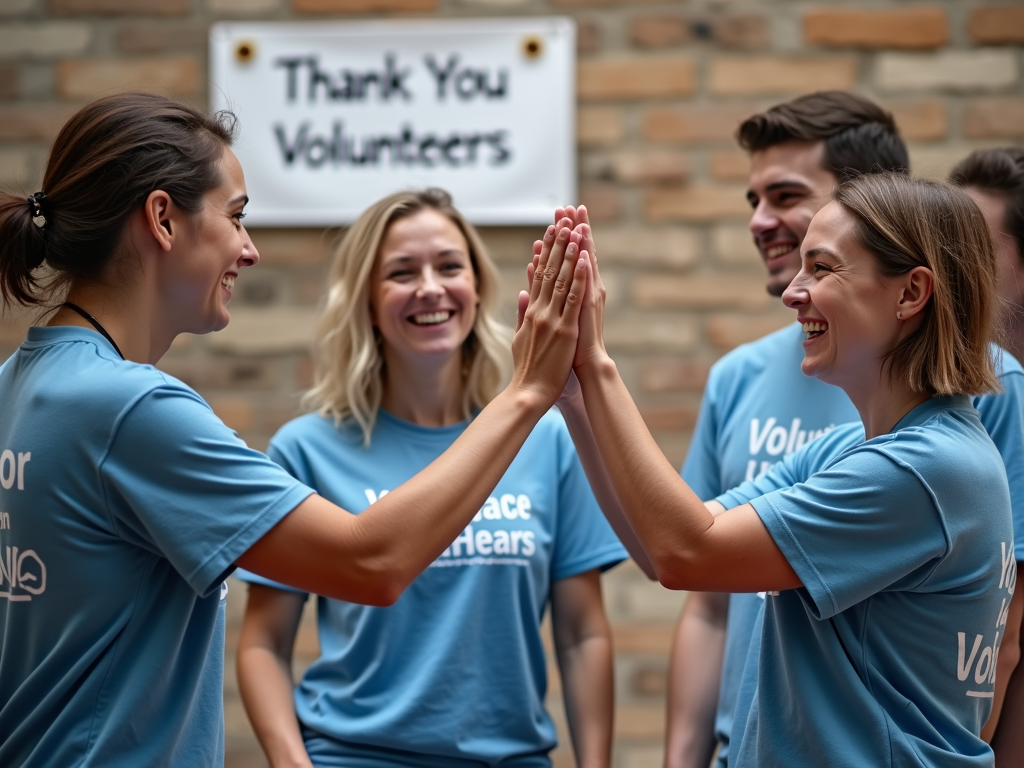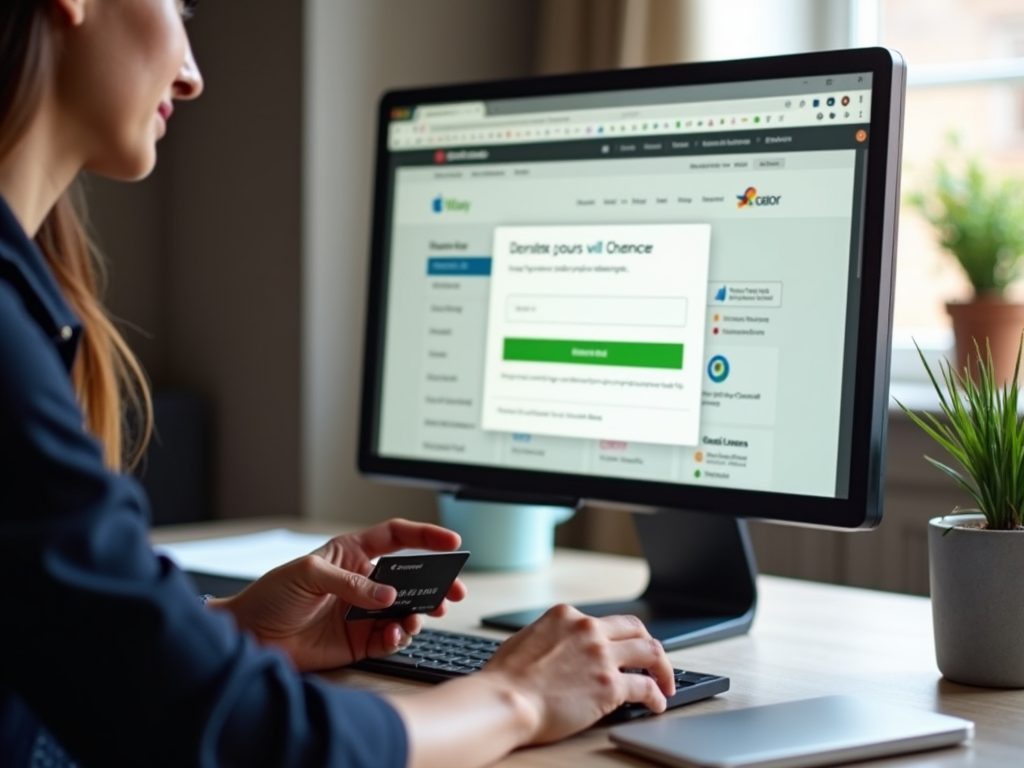Mastering Effective Fundraising Strategies for Advocacy Campaigns
By , May 6, 2025
Overview: Why Fundraising Matters for Advocacy
Advocacy campaigns spark change, but they need money to thrive. From raising awareness to influencing policy, effective fundraising strategies for advocacy campaigns provide the fuel. This guide covers planning, volunteer engagement, execution, and evaluation to help you succeed.
What Are Advocacy Campaigns?
Advocacy is about pushing for change—whether it’s cleaner air, better healthcare, or equal rights. Campaigns rally people around a cause, using protests, petitions, or lobbying. But here’s the catch: no funds, no momentum. Fundraising keeps the wheels turning.

Planning Your Fundraising Strategy
Start with a goal. Want to pass a law? Host events? Set a number—say, $10,000 in three months. Next, find your supporters. Are they young activists or local businesses? Know their interests. Then pick your tools: crowdfunding, grants, or events. A Stanford University study shows clear goals boost success rates by 30%. Plan smart, and you’re halfway there.
Case Study: The Green Spaces Project
Last year, I helped a team raise $25,000 to protect urban parks. We targeted families and green-minded companies, using a mix of online donations and a community picnic. The key? We broke our goal into bite-sized steps: $5,000 from crowdfunding, $10,000 from sponsors, and the rest from ticket sales. It worked because we knew who’d care.

Engaging Volunteers for Fundraising
Volunteers are gold. They spread the word, run events, and call donors. Find people who believe in your cause—maybe someone affected by it. Train them with simple tips: how to ask for donations or share your story. The National Council of Nonprofits says trained volunteers raise 20% more. Celebrate their wins to keep them fired up.
My Experience with Volunteers
Once, I worked with a volunteer named Sarah. She’d lost a park to development, so she cared deeply. We gave her a script and a donor list. In two weeks, she raised $2,000 just by sharing her story. Passion plus a little guidance? That’s unstoppable.

Executing Your Fundraising Plan
Now, act. Online platforms like GoFundMe reach tons of people fast—share a video of your cause. Events like bake sales or runs bring your community together. Grants take time but pay off big; check foundations matching your mission. A Pew Research report found 40% of advocacy donations now come online. Mix methods for the best shot.
Tips for Smooth Execution
Here’s what I’ve learned:
- Tell stories: Donors connect with people, not numbers.
- Be loud: Post on social media daily.
- Follow up: Thank donors and ask again later.
One campaign I joined doubled its goal with a last-minute email push. Action plus heart wins.

Evaluating and Improving Your Efforts
Track everything. How much did you raise? How many donated? Look at averages—small gifts might mean more outreach; big ones might mean loyal fans. If something flops, tweak it. Maybe swap a dull event for a lively webinar. Data shows you what’s working.
A Lesson in Adjustment
I once ran a silent auction that barely broke even. We checked the numbers: low bids, few attendees. Next time, we added music and a cause-related speaker. Attendance tripled, and we cleared $5,000. Test, learn, improve—it’s that simple.

Conclusion: Turning Funds into Change
Effective fundraising strategies for advocacy campaigns boil down to planning, volunteers, action, and learning. It’s not just cash—it’s support for your fight. Start small, stay focused, and watch your impact grow. Ready to change the world? Your next donor’s waiting.